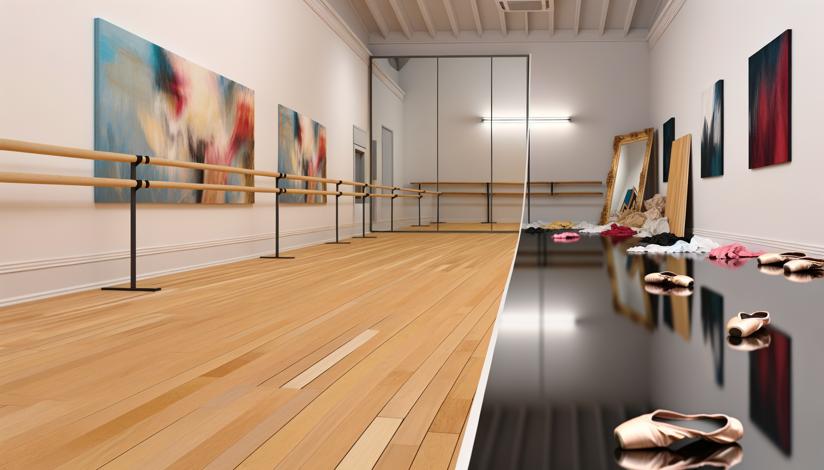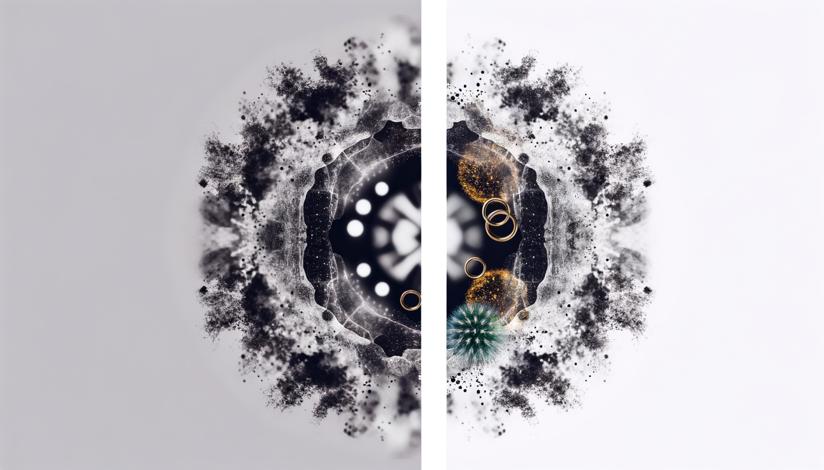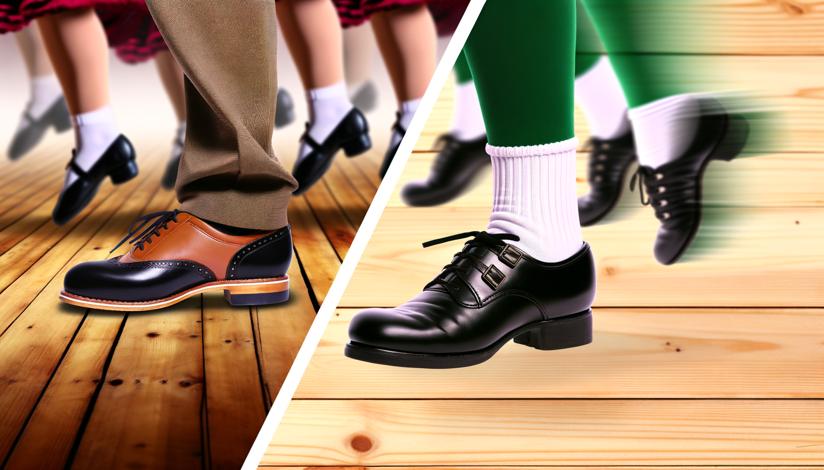

Ballet, the traditional and classical dance form, is known for its precise and technical movements. Dancers in ballet focus on maintaining perfect form, often performing elaborate routines involving leaps, turns, and graceful poses. Ballet is grounded in centuries of tradition and has a structured training program that emphasizes discipline and strength. It requires a strong foundation in ballet technique, including mastering the five basic positions.
On the other hand, contemporary dance is a more modern and expressive style that allows for creative freedom and individuality. Contemporary dancers incorporate elements from various dance genres, including ballet and jazz, but also explore new and unconventional movements. Contemporary dance is often characterized by its fluidity, versatility, and improvisation. It encourages dancers to connect with their emotions and tell a story through movement.
When it comes to the core functions of ballet and contemporary dance, they differ in their approach. Ballet focuses on the development of technique, precision, and musicality, while contemporary dance emphasizes self-expression, creativity, and versatility. Ballet dancers often start training at a young age, taking years to develop the strength and technique needed to perform challenging routines. Contemporary dance, on the other hand, is more open to dancers of all backgrounds and levels of experience.
In terms of value, both ballet and contemporary dance offer unique benefits. Ballet teaches discipline, poise, and grace, while also building strength, flexibility, and body awareness. It provides a strong foundation for other dance styles and is often considered the backbone of dance training. Contemporary dance, on the other hand, encourages individuality and self-expression, allowing dancers to explore their emotions and push the boundaries of movement.
When comparing the appeal of ballet and contemporary dance, it ultimately comes down to personal preference and goals. Ballet appeals to those who appreciate the beauty and precision of classical dance and strive for technical excellence. It is often seen as more formal and traditional. Contemporary dance appeals to those who want to explore their creativity and push the boundaries of movement. It is often seen as more expressive and experimental.
In conclusion, both ballet and contemporary dance have their own unique qualities and appeal. Ballet offers a foundation in technique, precision, and tradition, while contemporary dance allows for individuality, expression, and versatility. Ultimately, the choice between ballet and contemporary dance comes down to personal preference and goals. Whether you choose to pursue ballet or contemporary dance, both styles offer a fulfilling and rewarding dance experience.

Perfect form and precision
Fluidity and self-expression

Requires years of training
Less emphasis on precise technique














-
https://www.ballet.org
-
https://www.contemporarydanceassociation.org




























